Ergun Equation Investigation For Porous CFD Simulation, Analytical Paper Validation
Ergun Equation Investigation For Porous CFD Simulation, Analytical Paper Validation
- Upon ordering this product, you will be provided with a geometry file, a mesh file, and an in-depth Training Video that offers a step-by-step training on the simulation process.
- For any more inquiries regarding the product, please do not hesitate to reach out to us at info@CFDLAND.com or through our online support assistant.
€195 Original price was: €195.€165Current price is: €165.
Understanding how fluids move through porous media is super important for many engineering fields, and the Ergun Equation gives us a powerful way to predict this behavior. When water, air, or other fluids squeeze through tiny spaces in materials like sand, rocks, or filters, they lose energy and create a pressure drop that the Ergun Equation can calculate by combining Darcy’s law for slow flows with the Forchheimer equation for faster flows. This classic formula has become the foundation for designing filtration systems, improving oil recovery operations, and optimizing chemical reactors because it accounts for both viscous effects from fluid stickiness and inertial effects from flow turbulence. Although many researchers have tested the equation through experiments, our work takes a different approach by using computational fluid dynamics (CFD) to create a virtual packed bed of spheres and then measure the resulting pressure gradient. By comparing our simulation results with the analytical predictions, we can VALIDATE the equation’s accuracy for different porosity values and test its limits under various flow conditions.
Figure 1: A porous media schematic
Simulation Process
The porous media is modeled by means of spherical solids inside a tube using Gambit. A journal has been written to locate spheres. Based on the ergun equation, phi equals 1 for spherical porosity. In our study, =0.71 and =0.005m. Integration of these values and ergun equation gives a pressure drop of 5.62pa.
Post-processing
Check out our amazing results! We tested if the famous Ergun equation actually works by building a digital pipe filled with tiny gray balls and running water through it. First, we used math to predict how much the water pressure would drop from one end to the other – the equation said it should be 5.62 Pa. Then, we ran our super-detailed CFD simulation and measured what actually happened. Our pressure colors show a smooth change from red (6.97 Pa) at the entrance to blue at the exit, giving us a total pressure drop of 6.8 Pa. We successfully validated the Ergun equation because our simulation came really close to what the math predicted – the difference is only about 21%! This small difference makes sense because real porous media has tiny flow paths that are more complicated than what the simple equation imagines. The rainbow-colored pressure map shows exactly how pressure changes along the packed bed, helping engineers predict how real filters and reactors will perform.
These velocity streamlines show exactly how water squeezes and bends around each sphere in our porous bed. The fastest water moves at about 0.035 meters per second through the tiny gaps between spheres, where the space gets really narrow. We captured the complex 3D flow patterns that happen in real filtration systems but are super hard to see without computers. Notice how the water speeds up and slows down as it finds the path of least resistance through the packed particles? This is exactly what happens in real catalytic reactors and filter media. Also, see how some areas form tiny swirls while others create straight paths? These details help engineers design better porous filters by showing which arrangements of particles create the best flow patterns. Our simulation reveals all these hidden details that the simple Ergun equation can’t show you – that’s why computer modeling is so awesome for designing real-world filtration systems!
Figure 3: Pressure contour through the packed bed of spheres & Velocity streamlines through porous media
We pride ourselves on presenting unique products at CFDLAND. We stand out for our scientific rigor and validity. Our products are not based on guesswork or theoretical assumptions like many others. Instead, most of our products are validated using experimental or numerical data from valued scientific journals. Even if direct validation isn’t possible, we build our models and assumptions on the latest research, typically using reference articles to approximate reality.
Yes, we’ll be here . If you have trouble loading files, having technical problems, or have any questions about how to use our products, our technical support team is here to help.
You can load geometry and mesh files, as well as case and data files, using any version of ANSYS Fluent.
€145 Original price was: €145.€115Current price is: €115.

€265 Original price was: €265.€145Current price is: €145.

€110 Original price was: €110.€95Current price is: €95.

€195 Original price was: €195.€145Current price is: €145.

€280 Original price was: €280.€145Current price is: €145.

€265 Original price was: €265.€135Current price is: €135.












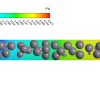














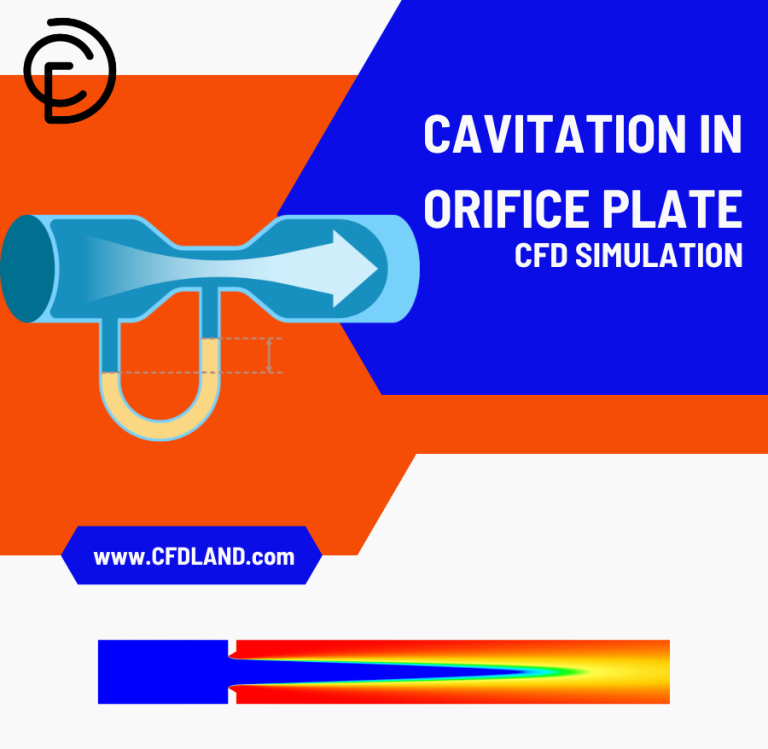
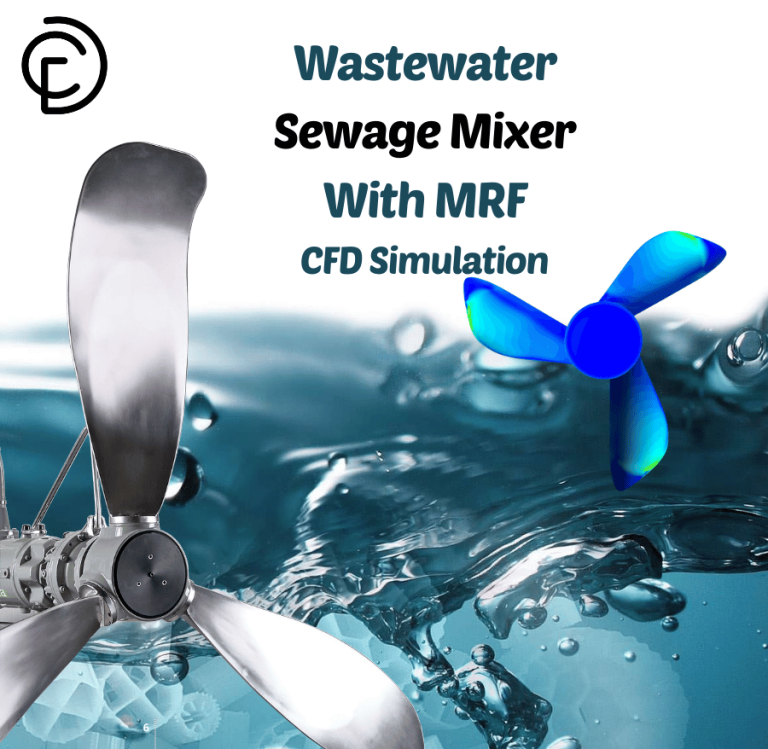
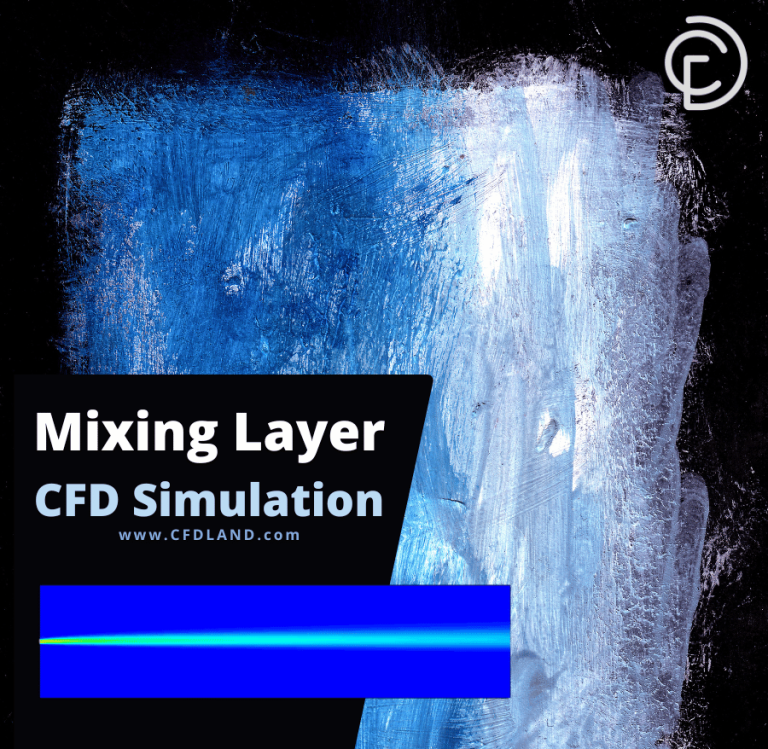
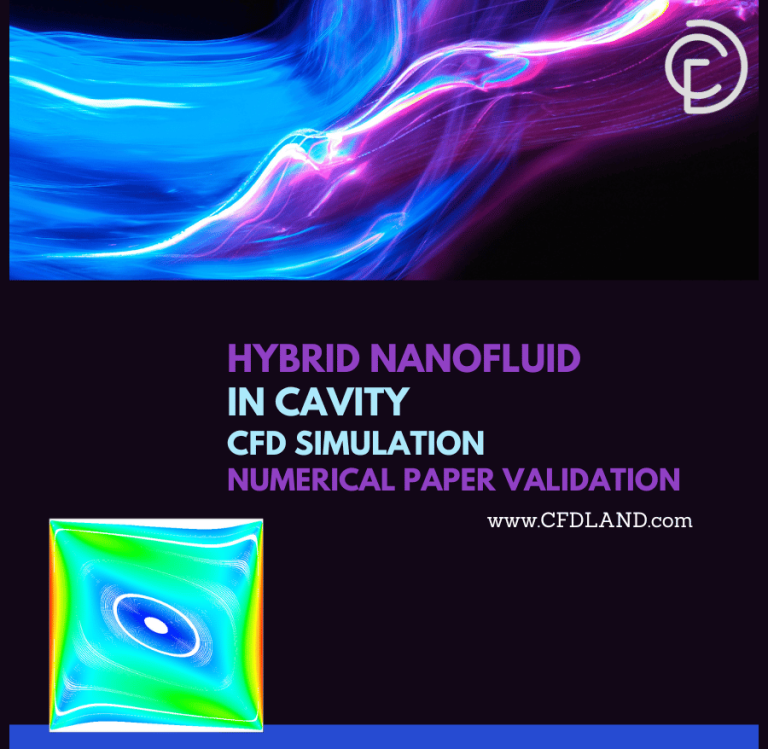


Reviews
There are no reviews yet.